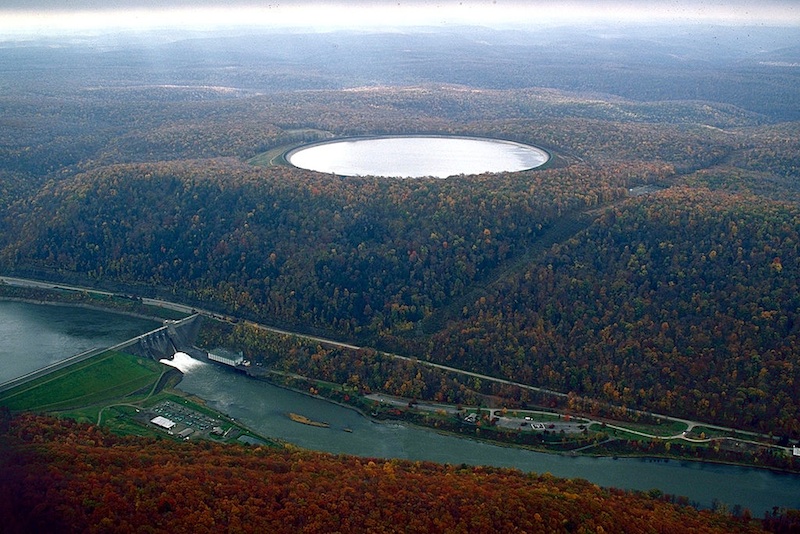38 ways to store your energy


It's the bane of renewable energy: Wind and solar farms underachieve their potential because they can churn out more electricity than people need. Wind can crank at night when demand is low. Solar can produce more during the day than the grid wants. What waste.
Researchers have long sought to overcome the shortcoming by developing energy storage technologies that would buoy not only wind and solar but would also extend the possibilities of other energy sources.
And they've made impressive strides this year according to Navigant Research, which reports that 38 new energy storage technologies hit the market in the first half.
In a press release for its report Energy Storage Tracker 3Q13, Boulder, Colo.-based Navigant noted,
"New technologies, including capacitor battery technology, lithium titanate oxide, nickel-iron, and solar thermal, are swelling the pipeline of advanced energy storage projects. At the same time, new variants on older technologies, such as power-to-gas, are also coming online. These developments define an industry that is dynamic, if still not mature."
There are now 633 energy storage projects underway worldwide, Navigant found.
They include traditional "pumped storage" - a net energy consumer in which water is pumped uphill at night at low energy costs for hydroelectric release and sale during the day when electricity rates are high. Leaders in that market are Alstom, Voith and Allis Chalmers. Excluding pumped storage, the top three vendors are NGK Insulators, Energy Storage and Power LLC, and Solar Millennium, Navigant reported.
Geographically, 47 percent of deployed capacity is in the Asia Pacific region, which has a total of 1.2 gigawatts installed. That's not much, considering that 1.2 GW is the size of one average nuclear power plant.
There's plenty of room for growth here. And there are potentially big rewards in store for any company that truly cracks the challenge.
Photo of Seneca pumped storage plant and Kinzua Dam on Allegheny River in Warren County, Pennsylvania is from U.S. Army Corp of Engineers via Wikimedia
A few items from SmartPlanet's storeroom of related posts:
- Hydrogen ahoy! Fuel cells could power ships
- SunPower ramps up energy storage plans
- Verizon buys into Bloom Energy fuel cell tech
- World's biggest battery will store solar electricity in Japan
- Meet the tonic for a clean energy future: Molten salts
- The latest renewable energy: Liquid air
This post was originally published on Smartplanet.com